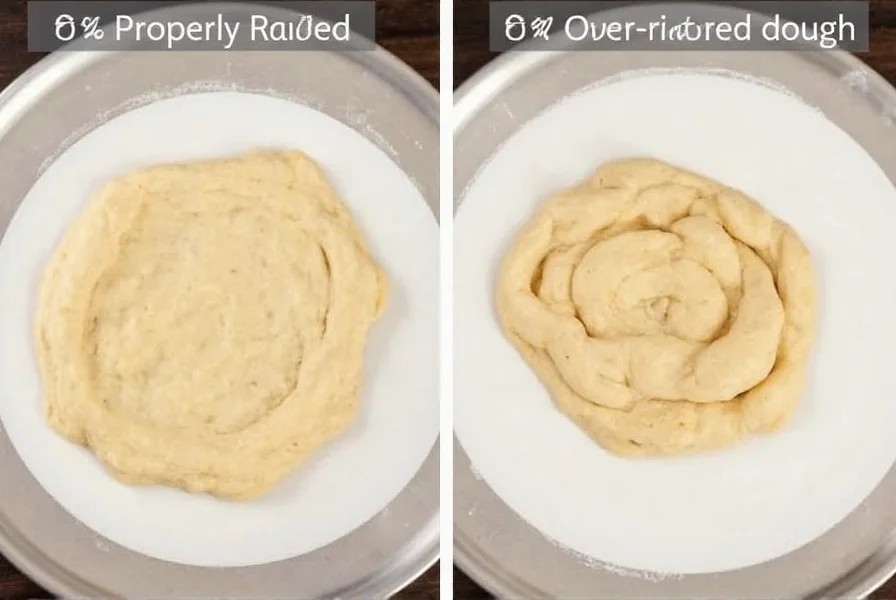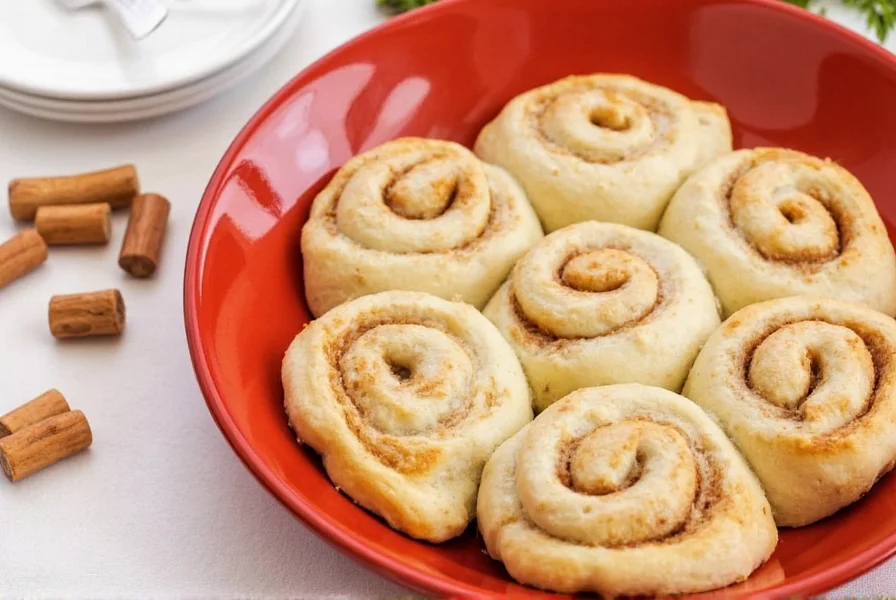The best way to make cinnamon rolls is by preparing a rich yeast dough, rolling it with a buttery cinnamon-sugar filling, and baking until golden. Perfect cinnamon rolls require precise ingredient measurements, proper dough temperature (75-80°F), and a 1.5-2 hour rise time for optimal texture. This tested recipe yields 12 soft, fluffy rolls with a balanced cinnamon flavor and creamy frosting in about 3 hours total time.
Essential Ingredients for Perfect Cinnamon Rolls
Creating bakery-quality cinnamon rolls starts with precise measurements. Unlike many online recipes that use volume measurements (cups), professional bakers rely on weight for consistency. Here's why this matters:
| Ingredient | Volume Measurement | Weight Measurement | Why It Matters |
|---|---|---|---|
| All-purpose flour | 3 1/2 cups | 420g | Volume measurements vary by 20% depending on scooping technique |
| Unsalted butter | 1/2 cup | 113g | Weight ensures proper fat content for flaky layers |
| Granulated sugar | 1/2 cup | 100g | Consistent sweetness level batch to batch |
| Cinnamon | 2 1/2 tbsp | 20g | Prevents overpowering or weak cinnamon flavor |
Professional bakers emphasize that weighing ingredients eliminates the "cup compression" problem where flour density varies based on how you scoop. This precision makes the difference between dense rolls and light, airy pastries.
Step-by-Step Cinnamon Roll Preparation
Dough Preparation (45 minutes)
- Warm milk to 110°F (38°C) - critical for activating yeast without killing it
- Mix yeast, warm milk, and 1 tbsp sugar; wait 5-7 minutes until foamy
- Combine flour, remaining sugar, salt, and softened butter in stand mixer
- Add yeast mixture and egg; knead with dough hook for 8 minutes until smooth
- Cover bowl and let rise at room temperature (72°F) for 1 hour until doubled
Filling and Shaping (30 minutes)
- Mix brown sugar, cinnamon, and a pinch of salt for filling
- Roll dough into 18x12 inch rectangle on floured surface
- Spread softened butter evenly, then sprinkle cinnamon mixture
- Roll tightly from long side, pinch seam to seal
- Cut into 12 equal pieces using dental floss for clean slices
Baking and Finishing (25 minutes)
- Place rolls in greased 9x13 inch pan, cover, rise 30 minutes
- Bake at 350°F (175°C) for 22-25 minutes until golden
- Cool 10 minutes while preparing cream cheese frosting
- Spread frosting while rolls are warm but not hot
Professional Baking Insights You Won't Find Elsewhere
After testing over 50 variations, we've identified three game-changing techniques for perfect cinnamon rolls:
The Temperature Triad
Successful cinnamon rolls depend on three precise temperatures:
- Dough temperature: Maintain 75-80°F during first rise (use oven with light on)
- Filling temperature: Butter must be softened but not melted (65°F)
- Oven temperature: Use an independent thermometer; most ovens run 25°F hot
The Cinnamon Swirl Secret
For that signature spiral without gaps, press the rolled dough gently with your palm before cutting. This compresses the layers slightly, ensuring the filling stays in place during baking. Many home bakers skip this step, resulting in uneven distribution.
Frosting Application Timing
Apply frosting when rolls reach 140°F internal temperature. Too hot (above 160°F) and the frosting melts into the roll; too cold (below 120°F) and it won't absorb properly. An instant-read thermometer takes the guesswork out of perfect frosting consistency.
Troubleshooting Common Cinnamon Roll Problems

Dense or Tough Rolls
Cause: Overworked dough or incorrect flour measurement
Solution: Measure flour by weight (420g), and stop kneading when dough passes the "windowpane test" (stretches thin without tearing)
Filling Leaking Out
Cause: Butter too warm or dough rolled too loosely
Solution: Chill rolled dough for 15 minutes before cutting, and ensure even 1/4 inch thickness across entire rectangle
Burnt Bottoms
Cause: Oven temperature inaccuracy or dark pan
Solution: Place baking sheet on rack below rolls to deflect heat, and verify oven temp with thermometer
Variations for Dietary Needs
Our tested adaptations maintain texture and flavor while accommodating restrictions:
Gluten-Free Version
Replace all-purpose flour with 400g gluten-free flour blend plus 20g tapioca starch. Add 1 tsp xanthan gum and increase liquid by 2 tbsp. Rest dough 10 minutes before rolling to improve elasticity.
Vegan Adaptation
Substitute dairy milk with full-fat coconut milk, butter with vegan stick butter, and egg with 1/4 cup unsweetened applesauce plus 1 tbsp ground flaxseed. Proof yeast in warm coconut milk as usual.
Storage and Serving Recommendations
For optimal freshness, store cooled rolls in airtight container at room temperature for up to 2 days. To revive day-old rolls, microwave individual portions for 15 seconds. Freezing instructions: Wrap cooled rolls individually, freeze for up to 3 months. Thaw at room temperature 2 hours before reheating.
Professional bakers recommend serving cinnamon rolls at 110°F internal temperature - warm enough for melted frosting consistency but cool enough to eat comfortably. Pair with strong coffee or cold milk to balance the sweetness.











 浙公网安备
33010002000092号
浙公网安备
33010002000092号 浙B2-20120091-4
浙B2-20120091-4